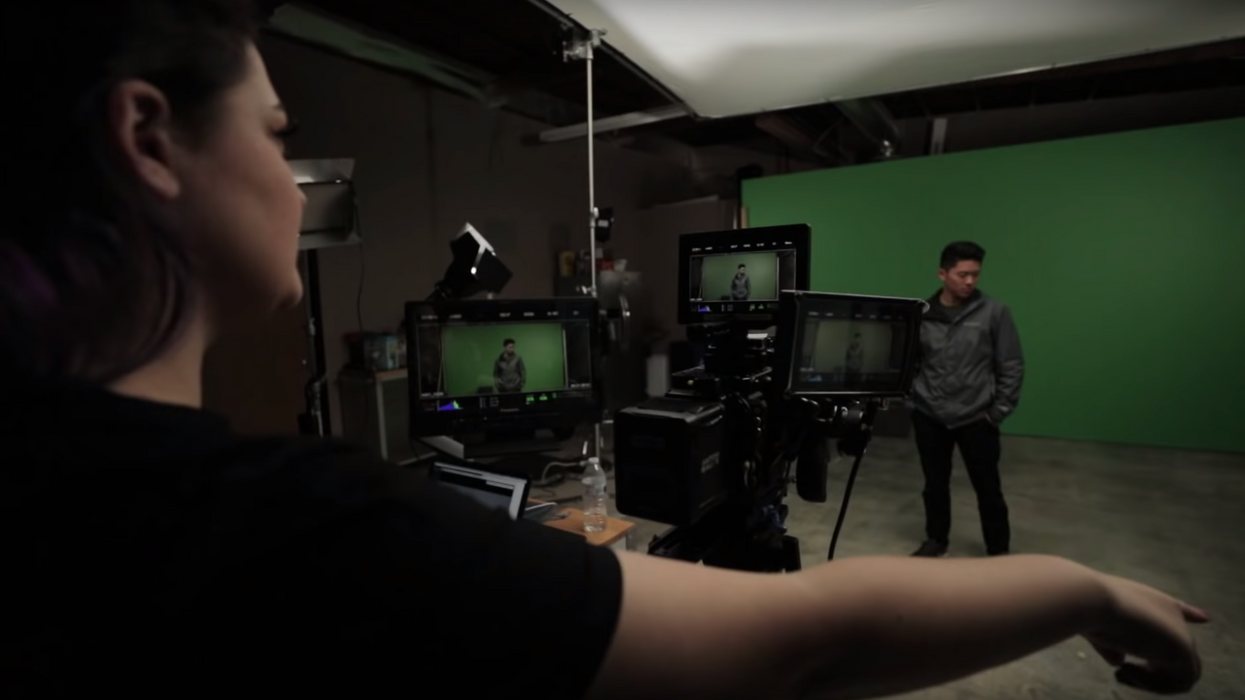Essential Techniques for Green Screening like a Champ
Ready to start using green screen like a pro? Let's get to it.

What's the difference between a good key and a bad key? Answer: You can see the bad key.
Even though using a green screen isn't all that complicated, there are a handful of techniques that you need to know and perform proficiently so you don't give away the fact that you're using one. Because guess what, my loves...when you use green screen like a pro, very few people are going to be able to tell.
In this video from Aputure, Ted Sim talks with cinematographer Valentina Vee about the important concepts filmmakers should know before they attempt to use green screen in their own projects, including how to light it, how to adjust camera settings, as well as a few clever tricks many of you might never have heard of before. Check it out below:
I'm sure even the least experienced of us have heard that we need to light green screens evenly and avoid hotspots, but there is kind of a lot more. Vee shares a ton of other great insight that goes beyond that, but the root of her overall message could be summed up by saying that good chroma keying is all about matching the look and feel of your original footage.
There are several ways to do that, including:
- Expose your green screen relative to your subject.
- Reduce spill from your green screen.
- Shoot with the same lenses.
- Adjust elements like focus and depth of field to match.
Another great tip she shares is this: If you can, test it! The best way to save yourself from costly reshoots is to make sure you're getting it right the first time. Film your subject in front of the green screen and throw the footage into your NLE. Check for spill, check for accuracy, check to make sure that it looks as close to the source material as possible. Then you're good to go!
Want to learn more about using green screens? Check out these helpful articles.
What are some other techniques not mentioned in the video that you think would help beginners master green screening? Let us know down in the comments.
Source: Aputure
















